submitted by Janine Rees
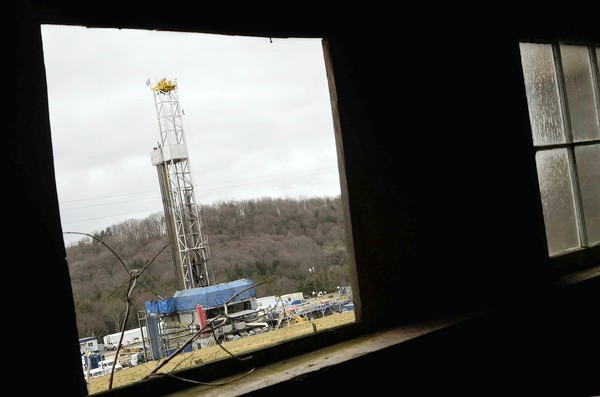
The U.S. Environmental Protection Agency's new rules are expected to affect about 11,000 new wells annually that undergo fracking and an additional 1,200 that are re-fracked to boost production. Above, a fracking operation near Dimock, Pa. (Carolyn Cole, Los Angeles Times / December 27, 2011)
by Neela Banerjee - Los Angeles Times - April 18, 2012
WASHINGTON — TheU.S. Environmental Protection Agencyissued regulations that for the first time will curtail air pollution from natural gas wells that use a controversial production technique known as hydraulic fracturing, or fracking.
The regulations will limit emissions of volatile organic compounds, which react with sunlight to create smog. The rules also will curb carcinogens and methane, the main component of natural gas and a potent contributor to climate change.
(READ COMPLETE ARTICLE)



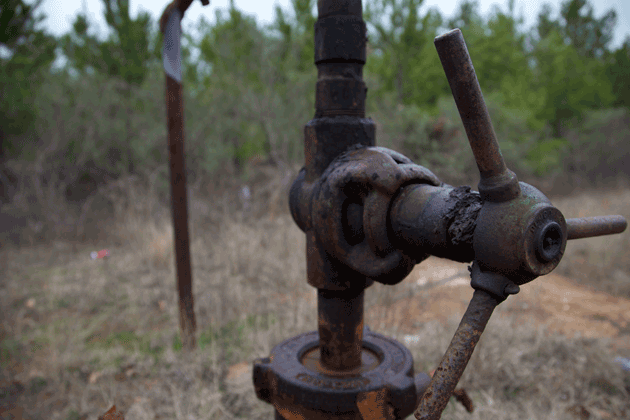



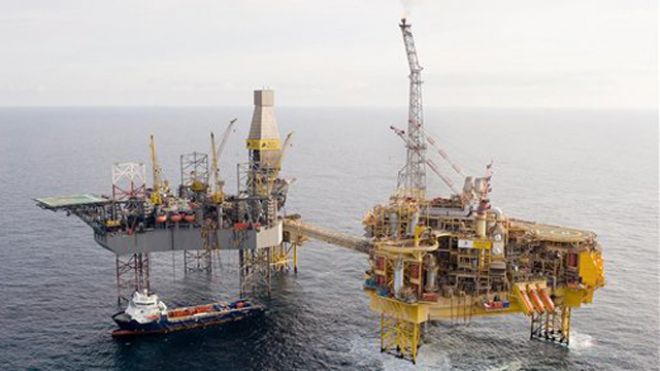

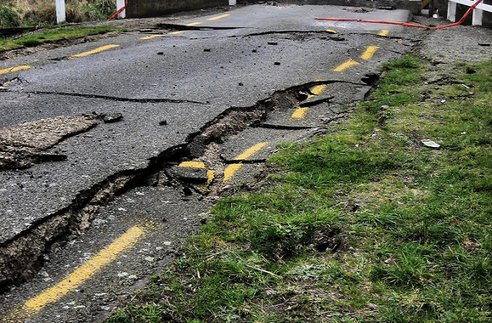 by Akhila Vijayaraghavan - triplepundit.com - April 5, 2012
by Akhila Vijayaraghavan - triplepundit.com - April 5, 2012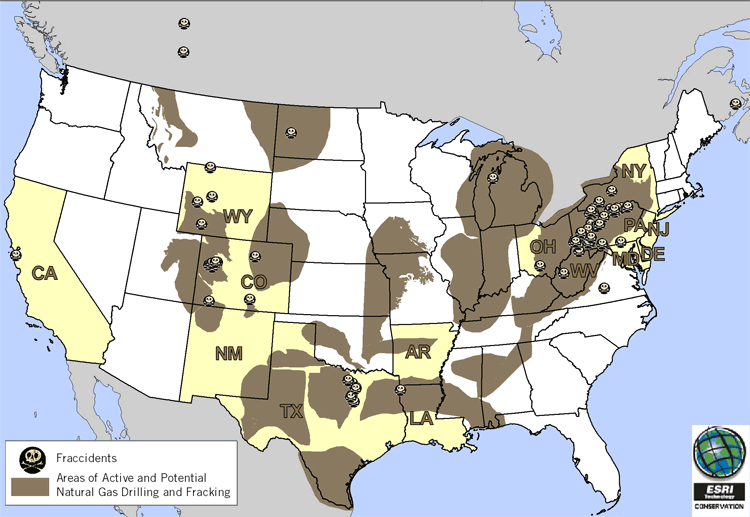
Recent Comments